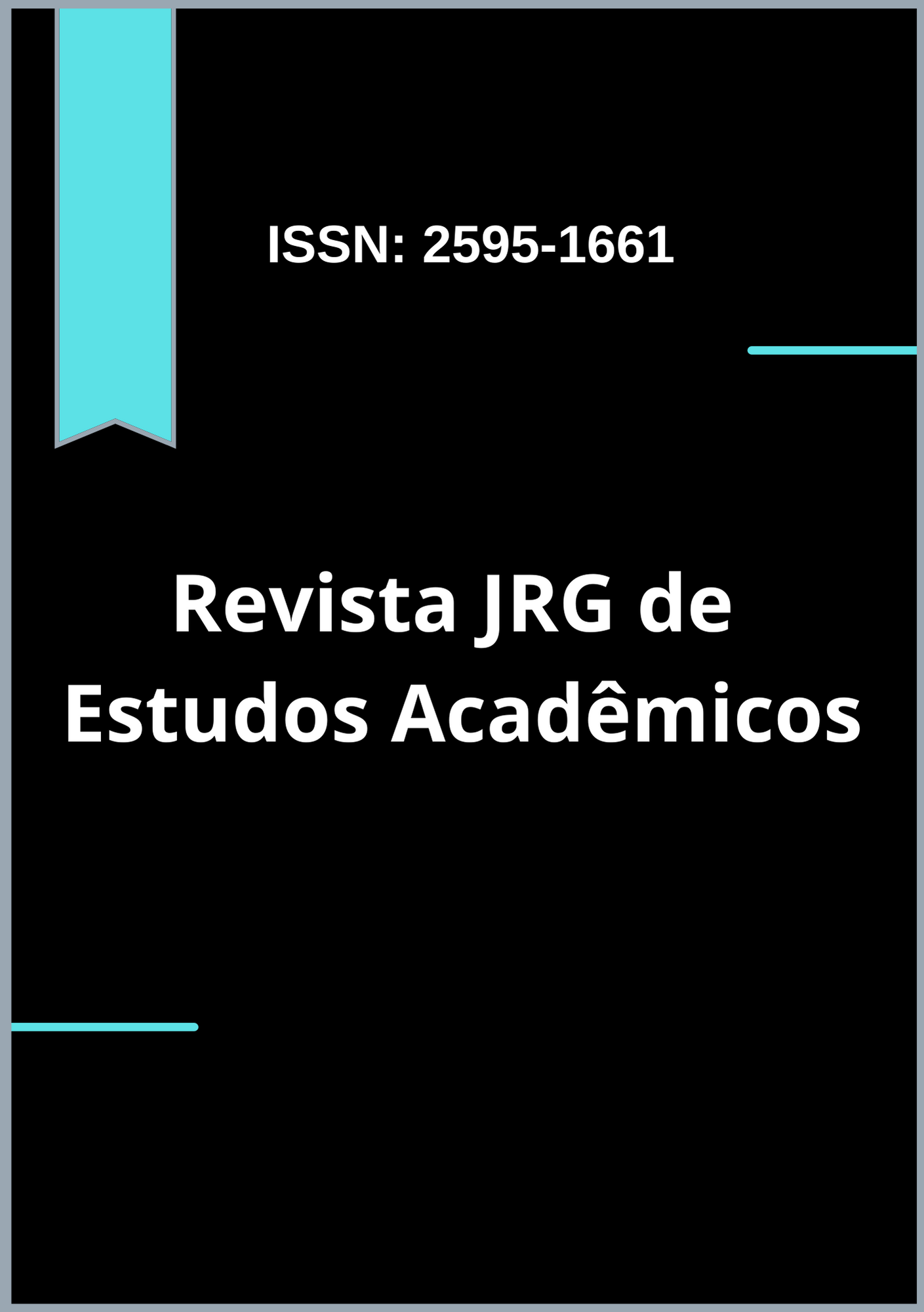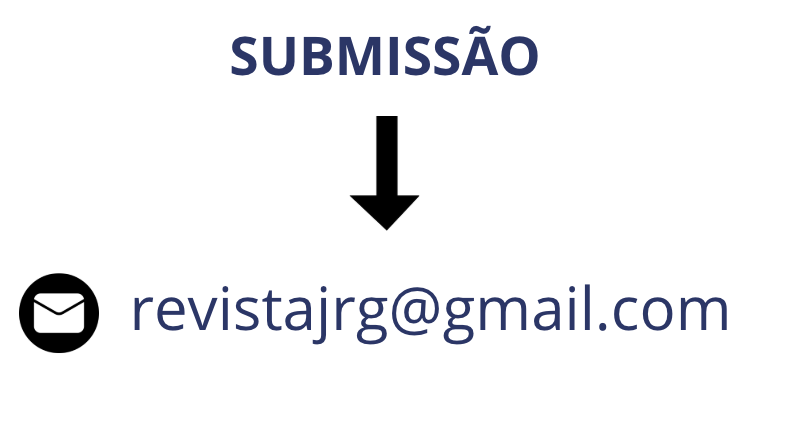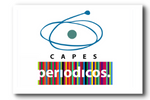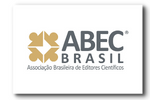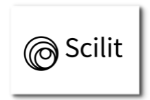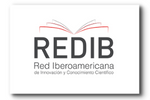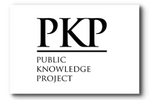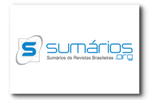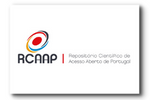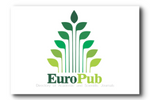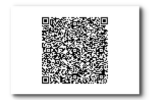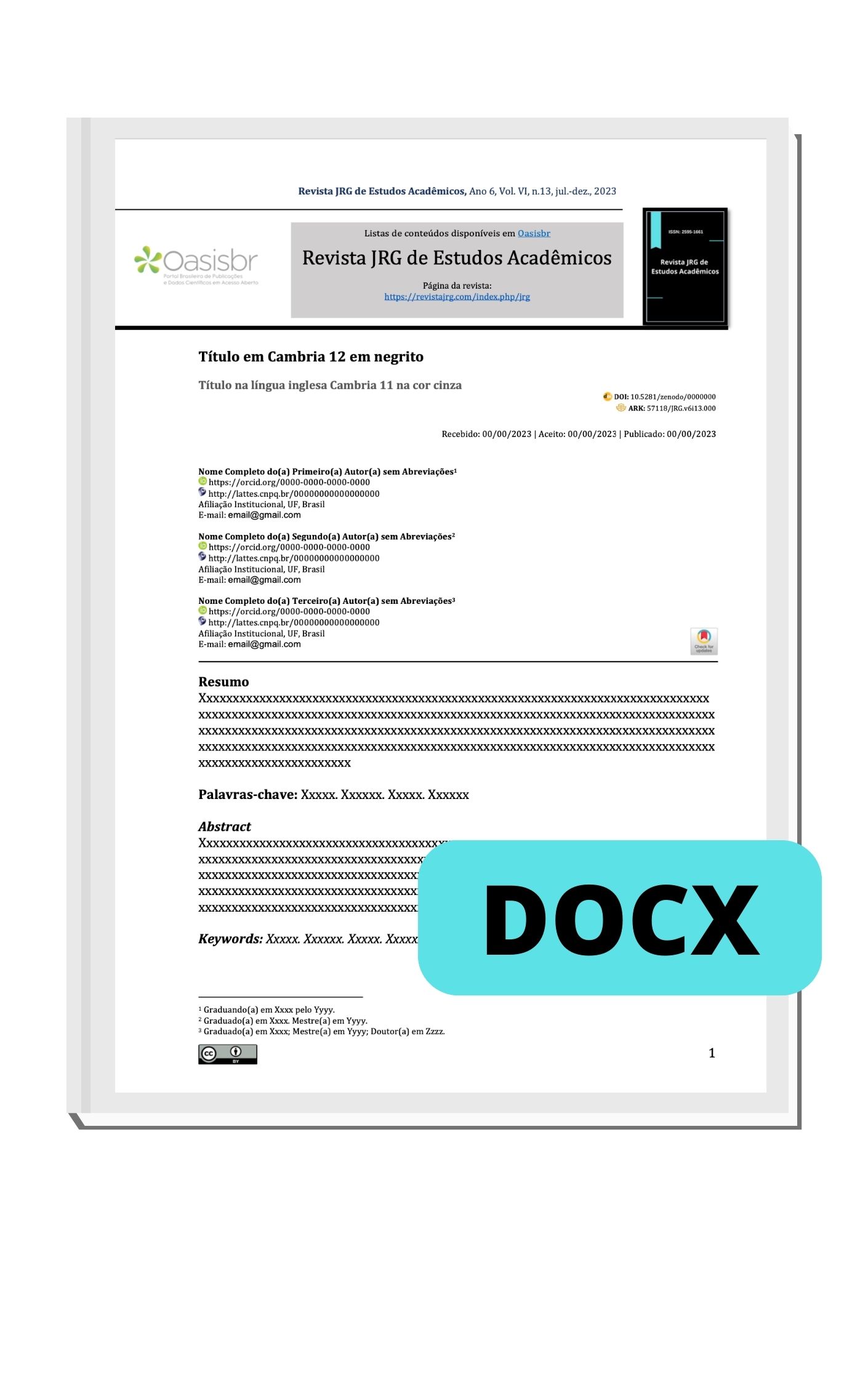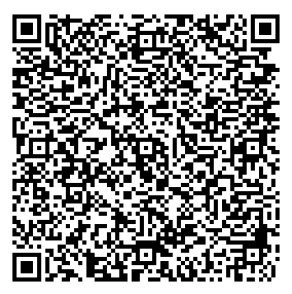The influence of spiritual traditions on the evolution of integrative art practices
DOI:
https://doi.org/10.55892/jrg.v8i19.2520Keywords:
Integrative Art, Spirituality, Cultural Traditions, Therapeutic Practices, Holistic HealthAbstract
This literature review aimed to analyze the influence of spiritual traditions on the development of integrative artistic practices, considering their symbolic, therapeutic, and cultural foundations. The research was conducted between February and September 2025, through searches in the PubMed, Scopus, Web of Science, SciELO, ScienceDirect, and Google Scholar databases, as well as official documents from the World Health Organization and the Brazilian Ministry of Health. Studies published between 2000 and 2025 addressing the relationship between art, spirituality, and integrative practices in health, educational, or cultural contexts were included. The results demonstrated that spiritual traditions play a structuring role in the conception of artistic practices aimed at care, emotional expression, and the strengthening of belonging. Modalities such as dance/movement therapy and spiritual art therapy were shown to foster mind-body integration and promote psychosocial well-being. The growing institutionalization of these practices in public health policies reflects the expansion of spirituality as an essential dimension of comprehensive health. It is concluded that integrative artistic practices inspired by spiritual traditions represent an expanding interdisciplinary field capable of connecting science, art, and spirituality to foster human development and the promotion of integral care.
Downloads
References
Bardin, L. Análise de conteúdo. Lisboa: Edições 70, 2011.
Brasil. Ministério da Saúde. Política nacional de práticas integrativas e complementares no SUS: atitude de ampliação de acesso. 2. ed. Brasília: Ministério da Saúde, 2015. Disponível em: https://bvsms.saude.gov.br/bvs/publicacoes/politica_nacional_praticas_integrativas_complementares_2ed.pdf. Acesso em: 05 out. 2025.
Brasil. Ministério da Saúde. Política nacional de práticas integrativas e complementares no SUS (PNPIC). Brasília: Ministério da Saúde, 2006. Disponível em: https://bvsms.saude.gov.br/bvs/publicacoes/pnpic.pdf. Acesso em: 05 out. 2025.
Cheng, C. Y. M.; et al. When movement therapy meets spirituality: a quasi-experimental study. Journal of Religion & Spirituality in Social Work, 2024. DOI: 10.1080/01634372.2024.2342454. Disponível em: https://www.tandfonline.com/doi/full/10.1080/01634372.2024.2342454. Acesso em: 05 out. 2025.
Galvão, T. F.; Pereira, M. G. Revisões sistemáticas da literatura: passos para sua elaboração. Epidemiologia e Serviços de Saúde, v. 23, n. 1, p. 183-184, 2014. DOI: 10.5123/S1679-49742014000100018. Disponível em: https://scielosp.org/article/ress/2014.v23n1/183-184/. Acesso em: 05 out. 2025.
Gronek, P.; et al. Is dance closer to physical activity or spirituality? A narrative review. International Journal of Environmental Research and Public Health, 2021, 19(1):326. DOI: 10.3390/ijerph19010326. Disponível em: https://pmc.ncbi.nlm.nih.gov/articles/PMC10042976/. Acesso em: 05 out. 2025.
Kopenawa, D.; Albert, B. A queda do céu: palavras de um xamã yanomami. São Paulo: Companhia das Letras, 2015. Trecho disponível em: https://www.companhiadasletras.com.br/trechos/12959.pdf. Acesso em: 05 out. 2025.
Koenig, H. G. Religion, spirituality, and health: the research and clinical implications. ISRN Psychiatry, 2012, 2012:278730. DOI: 10.5402/2012/278730. Disponível em: https://pmc.ncbi.nlm.nih.gov/articles/PMC3671693/. Acesso em: 05 out. 2025.
Koenig, H. G. Religion, spirituality, and health: a review and update. Advances in Mind-Body Medicine, 2015, 29(3):19-26. Disponível em: https://pubmed.ncbi.nlm.nih.gov/26026153/. Acesso em: 05 out. 2025.
Laranjeira, C.; Querido, A. An in-depth introduction to arts-based spiritual healthcare: creatively seeking and expressing purpose and meaning. Frontiers in Psychology, 2023, 14:1132584. DOI: 10.3389/fpsyg.2023.1132584. Disponível em: https://pmc.ncbi.nlm.nih.gov/articles/PMC10064001/. Acesso em: 05 out. 2025.
Organização Mundial da Saúde. What is the evidence on the role of the arts in improving health and well-being? A scoping review. Copenhagen: WHO Regional Office for Europe, 2019. ISBN: 9789289054553. Disponível em: https://www.who.int/publications/i/item/what-is-the-evidence-on-the-role-of-the-arts-in-improving-health-and-well-being-a-scoping-review. Acesso em: 05 out. 2025.
Organização Mundial da Saúde. WHO global report on traditional and complementary medicine 2019. Geneva: WHO, 2019. ISBN: 978-92-4-151543-6. Disponível em: https://www.who.int/publications/i/item/9789241515436. Acesso em: 05 out. 2025.
Page, M. J.; et al. The PRISMA 2020 statement: an updated guideline for reporting systematic reviews. BMJ, v. 372, n. 71, p. 1-9, 2021. DOI: 10.1136/bmj.n71. Disponível em: https://www.bmj.com/content/372/bmj.n71. Acesso em: 05 out. 2025.
Prandi, R. Mitologia dos orixás. São Paulo: Companhia das Letras, 2005. Disponível em: https://www.companhiadasletras.com.br/livro/9788535900644/mitologia-dos-orixas. Acesso em: 05 out. 2025.
Rieger, K. L.; et al. Arts-based spiritual care in healthcare: a participatory scoping review. The Arts in Psychotherapy, 2023, 88:102056. DOI: 10.1016/j.aip.2023.102056. Disponível em: https://discovery.ucl.ac.uk/10168661/1/1-s2.0-S0197455623000345-main.pdf. Acesso em: 05 out. 2025.
Rother, E. T. Revisão sistemática x revisão narrativa. Acta Paulista de Enfermagem, v. 20, n. 2, p. 5-6, 2007. DOI: 10.1590/S0103-21002007000200001. Disponível em: https://www.scielo.br/j/ape/a/z7zZ4Z4GwYV6FR7S9FHTByr/. Acesso em: 05 out. 2025.
Scheffert, A. Spiritual art therapy: an alternate path. Journal of Creativity in Mental Health, 2020, 15(4):430-441. DOI: 10.1080/15528030.2019.1653417. Disponível em: https://www.tandfonline.com/doi/full/10.1080/15528030.2019.1653417. Acesso em: 05 out. 2025.
Serlin, I. A.; et al. Dance/movement therapy: a whole person approach to healing trauma. American Journal of Dance Therapy, 2020, 42:2-25. DOI: 10.1007/s10465-020-09320-5. Disponível em: https://pmc.ncbi.nlm.nih.gov/articles/PMC7678605/. Acesso em: 05 out. 2025.
Tanyi, R. A. Towards clarification of the meaning of spirituality. Journal of Advanced Nursing, 2002, 39(5):500-509. DOI: 10.1046/j.1365-2648.2002.02315.x. Disponível em: https://onlinelibrary.wiley.com/doi/10.1046/j.1365-2648.2002.02315.x. Acesso em: 05 out. 2025.
Young, J. O. Cultural appropriation and the arts. Malden, MA: Blackwell, 2008. DOI: 10.1002/9780470694190. Disponível em: https://onlinelibrary.wiley.com/doi/book/10.1002/9780470694190. Acesso em: 05 out. 2025.
Ziff, B.; Rao, P. V. (org.). Borrowed power: essays on cultural appropriation. New Brunswick: Rutgers University Press, 1997. Disponível em: https://archive.org/details/borrowedpoweress0000unse. Acesso em: 05 out. 2025.
